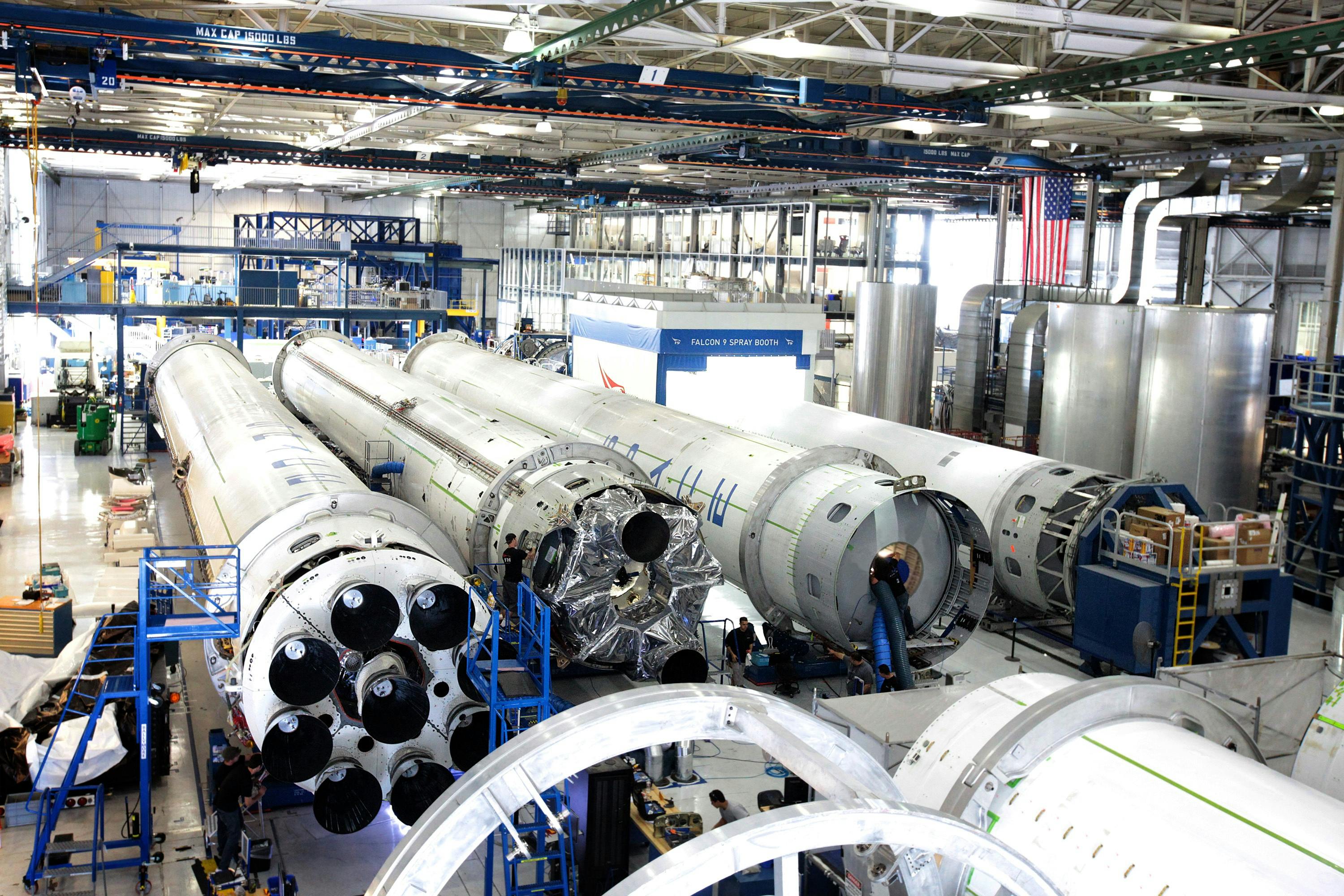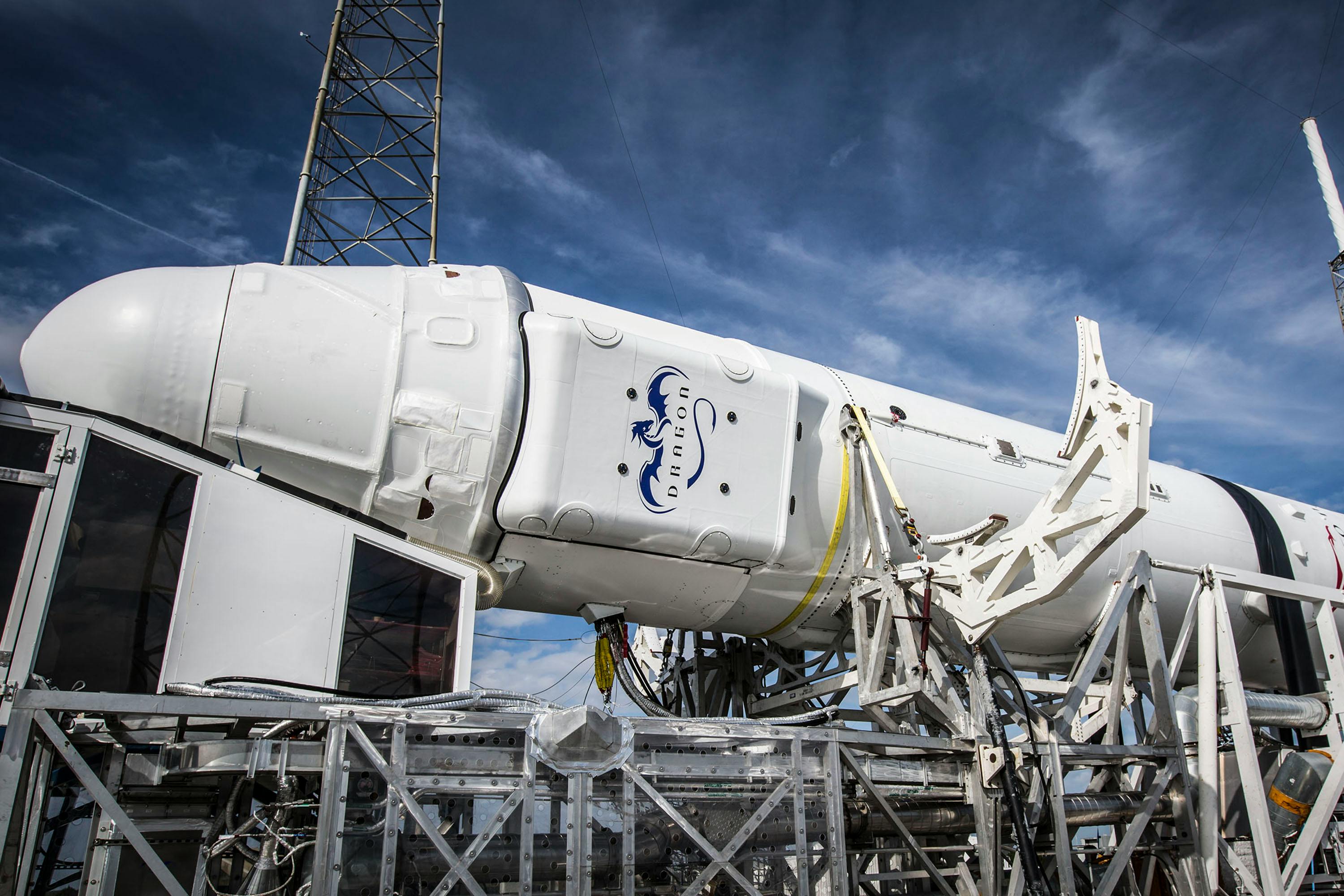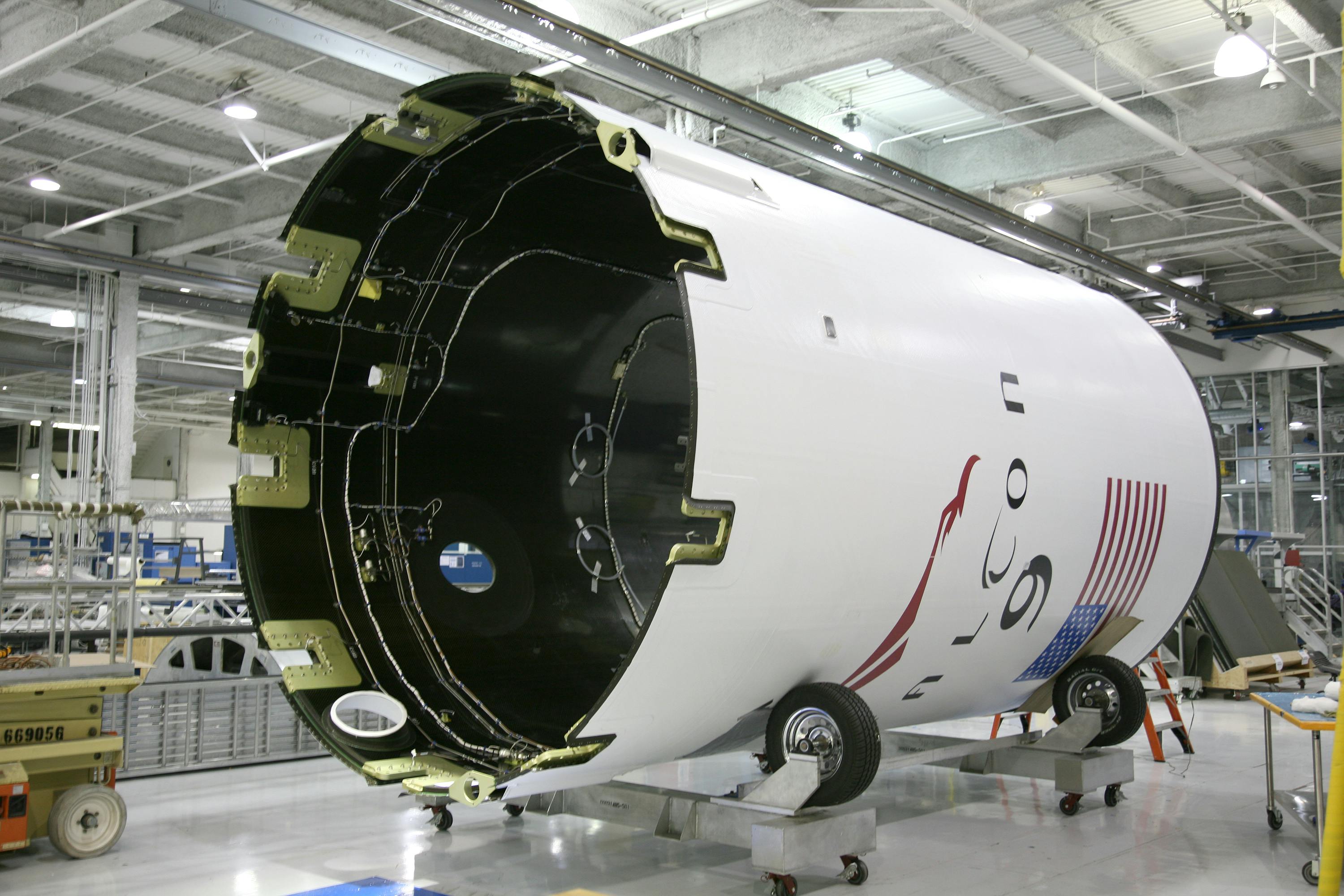· space brief · 5 min read
Space Brief 12 Feb 2025
Today's space brief covers SpaceX's latest Starlink missions, Satellogic's contract with Brazilian Air Force, OCX, and ATLAS project updates, and DARPA's insights on cybersecurity vulnerabilities.

📄Top Stories
Today we shine a light on SpaceX’s continued strides with back-to-back Starlink launches, adding 44 more satellites to their mega constellation. Meanwhile, a new agreement between Satellogic and Telespazio Brasil promises enhanced satellite imagery for Brazil’s military. Furthermore, the US Space Force reports progress on the OCX and ATLAS systems for GPS satellites. In the realm of cybersecurity, DARPA highlights the persistent vulnerabilities risking national security.
📰Detailed Coverage
Satellogic and Telespazio Brasil Join Forces
Satellogic and Telespazio Brasil have partnered to deliver fast satellite imagery to the Brazilian Air Force, enhancing their defense and security operations. This multi-year contract underscores Satellogic’s pivotal role in advancing geospatial intelligence capabilities for military applications.
The initial one-year agreement, with the potential for extension, marks an important step in broadening the applications of satellite data for defense, positioning Satellogic as a key player in the field. Such collaborations emphasize the growing reliance on real-time satellite data to monitor and secure national territories.
Read the full story: Space War
SpaceX Launches Another Set of Starlink Satellites
In a flurry of activity, SpaceX successfully launched 21 Starlink satellites aboard the Falcon 9 rocket from the US East Coast, followed promptly by another 23 satellites from California. This dual-stage effort highlights SpaceX’s capability to fortify its satellite internet service effectively.
The back-to-back missions are not just a technical feat but a testament to the growing Starlink network, aimed at providing global broadband coverage. This expansion also increases the need for advanced satellite tracking to manage the burgeoning Low Earth Orbit constellations efficiently.
Read the full story: Space.com
Space Force Advances OCX and ATLAS Projects
Major General Stephen Purdy revealed that the OCX ground control system for GPS satellites has cleared 97% of its testing requirements, signaling a leap forward in capabilities. This progress within the OCX and ATLAS projects speaks to a future where satellite management becomes more streamlined and integrated.
This advancement will likely boost satellite tracking accuracy and reliability, benefiting both military and civilian navigation systems on a global scale.
Read the full story: Breaking Defense
Cybersecurity Concerns and National Security Risks
According to DARPA’s Information Innovation Office, current US cyber vulnerabilities could unintentionally bolster North Korea’s nuclear capabilities. Addressing these weaknesses is crucial to maintaining national security, as articulated by Kathleen Fisher during her discussion on potential cyber solutions.
This insight highlights the need for more robust cybersecurity measures within satellite networks to prevent potential threats from exploiting system weaknesses.
Read the full story: Breaking Defense
President Trump’s Role in Nuclear Deterrence
This op-ed outlines two political scenarios for President Trump to reinforce US nuclear deterrence. By sending clear diplomatic messages and leveraging alliances, the focus remains on maintaining a robust defense posture tied to NATO commitments.
These political strategies underscore the importance of satellite-based intelligence in supporting broader defense strategies.
Read the full story: Breaking Defense
🛰️Satellite Spotlight
- Satellite Name: SL-16 DEB
- NORAD ID: 26077
- Launch Date: 2000-02-03
- Mission: A debris fragment from a Zenit-2 launch vehicle, this object’s purpose lies now in tracking its orbital consequences as space debris.
- Orbit: Inclination 70.9679, Period 106.0 minutes, Eccentricity 0.0202105
- Operator: VKSR
- Fun Fact: This satellite is part of the notable debris field left by the Zenit-2 launcher, often tracked to understand orbital congestion.
Current TLE Data: 1 26077U 00006G 25042.76233951 .00000166 00000+0 19348-3 0 9997 2 26077 70.9679 51.5807 0202105 121.4103 50.8552 13.73174633253665
Track this satellite in real-time on our web app: Track SL-16 DEB
Upcoming Space Launches
February 15
- SpaceX Falcon 9:
- Starlink Group 12-8 from Cape Canaveral Space Force Station, Florida, USA (05:00 UTC) A batch of satellites for the Starlink mega-constellation – SpaceX’s project for space-based Internet communication system.
February 17
- SpaceX Falcon 9:
- NROL-57 from Vandenberg Space Force Base, California, USA (13:18 UTC) Eighth batch of satellites for a reconnaissance satellite constellation built by SpaceX and Northrop Grumman for the National Reconnaissance Office.
February 18
-
SpaceX Falcon 9:
- Starlink Group 10-12 from Cape Canaveral Space Force Station, Florida, USA (23:00 UTC) First Starlink launch to feature a Falcon 9 booster landing within The Bahamas waters.
-
Rocket Lab Electron:
- Fasten Your Space Belts (BlackSky Gen-3 1) from Rocket Lab Launch Complex 1, Mahia Peninsula, New Zealand (23:15 UTC) The first of five BlackSky Technology missions to deploy its new next-generation BlackSky Gen-3 satellites, enhancing real-time imaging capabilities.
February 26
- Arianespace Ariane 62:
- CSO-3 from Guiana Space Centre, French Guiana (16:24 UTC) The CSO-3 satellite is part of a new-generation high-resolution optical imaging system for the French military.
February 27
-
SpaceX Falcon 9:
- Nova-C IM-2 & Lunar Trailblazer from Kennedy Space Center, Florida, USA (00:17 UTC) This mission carries a NASA payload intended for the first demonstration of in-situ resource utilization on the Moon.
-
ROSCOSMOS Soyuz 2.1a:
- Progress MS-30 (91P) from Baikonur Cosmodrome, Republic of Kazakhstan (21:24 UTC) Progress resupply mission to the International Space Station.
February 28
- SpaceX Falcon 9:
- SPHEREx & PUNCH from Vandenberg Space Force Base, California, USA (03:10 UTC) SPHEREx is an astrophysics mission to survey the sky in near-infrared light; PUNCH will focus on the Sun’s outer atmosphere and solar wind phenomena.
Note: Launch dates and times are subject to change due to technical or weather considerations.

Maurice Stellarski





